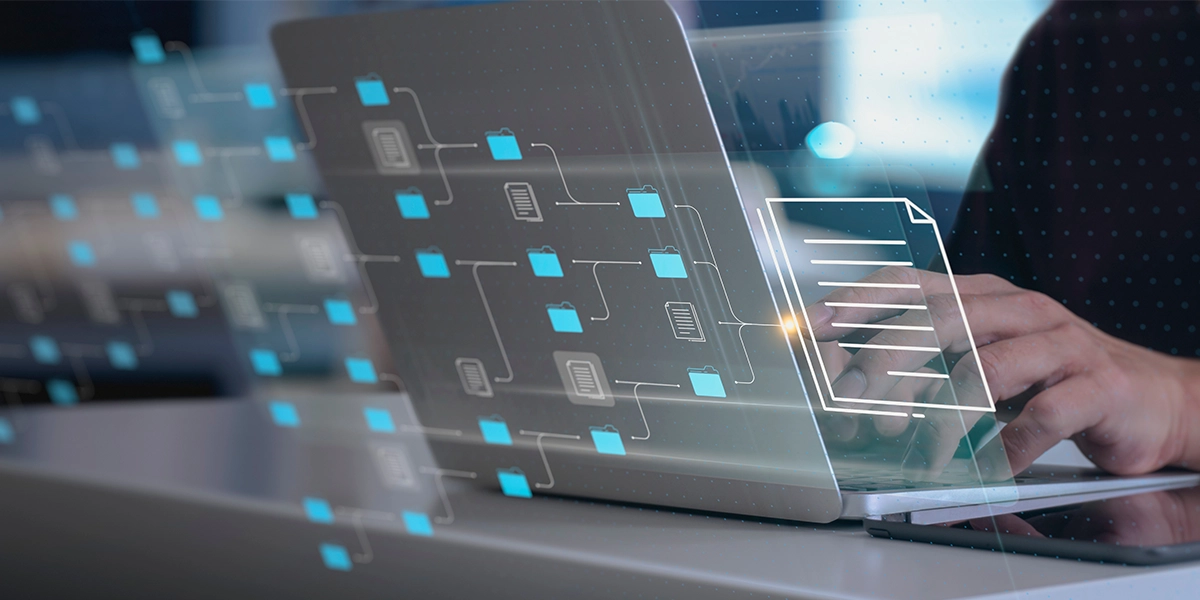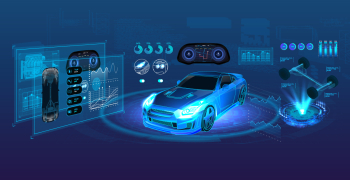As consumer expectations and vehicle complexities grow, automakers worldwide are shifting gears from monolithic systems to software-enabled, modular, and agile architectures. The result – a greater focus on microservices and DevOps, helping redefine how automotive software systems are modeled, implemented, and maintained.
Together, these approaches are enabling next-gen user-centric innovation, better component quality, and faster time-to-market in the complex world of connected cars and software-defined vehicles (SDVs).
Microservices Architecture for Automotive Software
With modern-day automobiles increasingly a mix of complex digital systems, including In-Vehicle-Infotainment, Digital Cluster, Telematics Control Unit (TCU), and Advanced Driver Assistance Systems (ADAS), microservices architecture enables modular, self-contained services that can be developed, tested, and deployed independently. The journey begins by outlining clear service boundaries — segregating vehicle functions such as navigation, infotainment, digital cluster, TCU, ADAS, and others, into modular, independently deployable, self-contained services. This is followed by the creation of a suitable tech stack for seamless connectivity between autonomous services, helping them to procure and process data.
Containerization tools like Docker and Podman are foundational to the modular software environments that power modern SDVs. They package applications with their dependencies into lightweight units for consistent behavior through development, testing, and production stages, whether these occur in the cloud or on embedded automotive platforms. Kubernetes orchestrates the containers — managing scaling, failover mechanisms, and resource allocation.
Container management in SDVs involves hybrid deployment models, integrating edge computing within the vehicle and cloud-based orchestration. The approach supports real-time data processing while facilitating remote updates and lifecycle management.
Microservices interact through APIs, hiding the internal complexities and ensuring that changes in one are less likely to affect another. Developers can use tools like Jenkins and GitHub Actions to automate deployments and CI/CD pipelines for quick software releases. They must also select safety-focused technologies, low-latency communication, over-the-air (OTA) updates, and cybersecurity compliance.
DevOps and Continuous Deployment in the Automotive Industry
A collaborative approach complementary to microservice architecture, DevOps bridges the gap between development and operations teams, structuring the complete software lifecycle, from coding and testing to deployment and maintenance. It aims to streamline and automate the software delivery process, improve software quality, and reduce time-to-market.
The decentralized nature of microservices calls for rapid deployment, constant testing, and seamless integration — this is precisely what DevOps offers. Continuous deployment is the practice within DevOps that takes this further by automating the release of new software updates into production as soon as they pass predefined tests.
Once continuous deployment is in place, the focus shifts to orchestration, traceability, and resilience. Each microservice gets deployed independently via automated pipelines, including rollback mechanisms, canary releases, and blue-green deployments for incremental and secure rollouts. This also implies integrating with OTA delivery systems in the industry, so updates reach vehicles globally without recalls.
DevOps practices enforce strict version control and artifact management to meet regulatory standards and keep software build traceable. The infrastructure-as-code tools (like Terraform) in DevOps framework help automate the infrastructure management and provisioning through code, making it more consistent, and security scans with compliance checks are included in the pipeline. And the outcome is a well-structured, auditable process that expedites delivery while meeting robust safety, reliability, and cybersecurity expectations.
By breaking down complex software into modular services, microservices architecture, therefore, allows the teams to develop and deploy features independently. DevOps practices and CI/CD pipelines paired with this framework provide a high-velocity engine for software delivery.
The benefits of microservices and DevOps include:
- Accelerated Speed-to-Market: Automation and optimized workflows reduce development cycles and help release new features faster.
- Modular Scalability: Individual services can be scaled across models and vehicle platforms as per usage and performance requirements.
- Fault Isolation: Failures in one microservice do not impact the entire system, boosting resilience and safety.
- OTA Updates: DevOps techniques enable remote and real-time software updates and patches, minimizing the need for physical, on-site services.
- Software Quality: Continuous integration and automated testing help catch and fix issues early, eliminating defects in production.
- Reusability: Developers can reuse modular services for various platforms and models, reducing development time and cost.
- Flexible Integration: API-compatible microservices and cloud-native design support connected and smart vehicle ecosystems, including third-party apps.
- Agility: DevOps practices promote transparent workflows, allowing technical teams to individually build, test, and deploy software for accelerated iteration cycles.
- Efficient Worldwide Rollouts: Automated CI/CD pipelines simplify deployment across regions and vehicle variants with minimal overhead.
- Continuous Improvement Loop: Real-time monitoring and feedback drive ongoing refinements and rapid issue resolution.
- Engaging User Experience: Timely updates align vehicles with driver needs and industry trends.
Accelerating Automotive Innovation for a Software-Defined Future
By 2030, the global automotive software and electronics market is expected to reach $462 billion. Microservices architecture makes software development in this industry more adaptive and synchronized to the pace of technology evolution. DevOps helps OEMs change gears to deliver smarter, safer, and more connected driving experiences. The combination is intrinsic to the rapid implementation of advanced features, simpler maintenance, and smooth scalability, attuned to the needs of future-ready SDVs.
Looking ahead, we feel that the growing adoption of microservices with DevOps is how the automotive industry will continue to remain safe, scalable, and future-ready.




